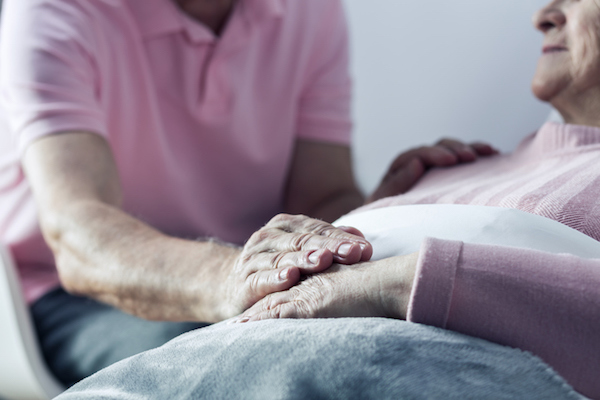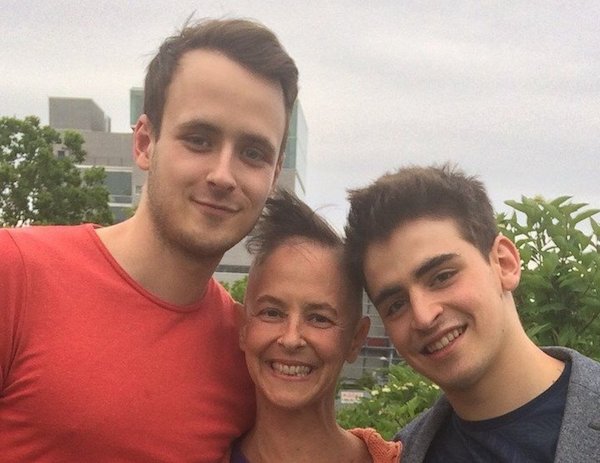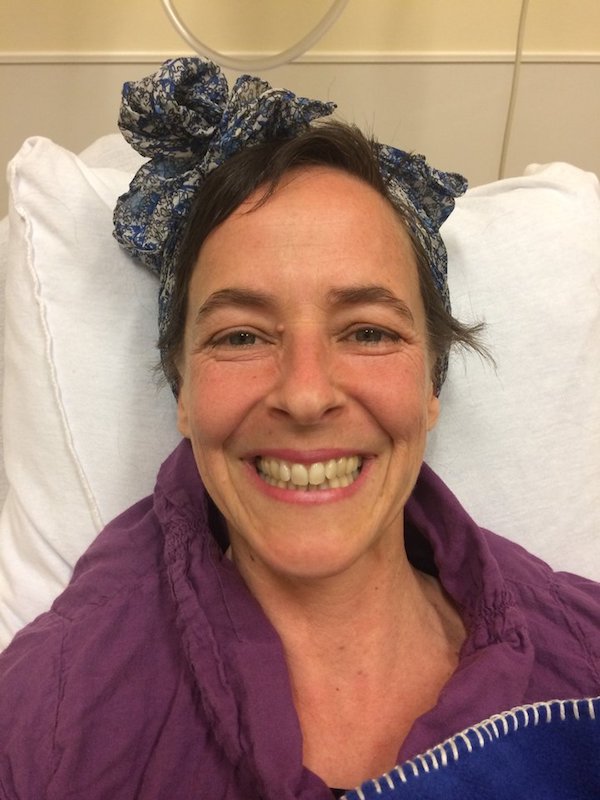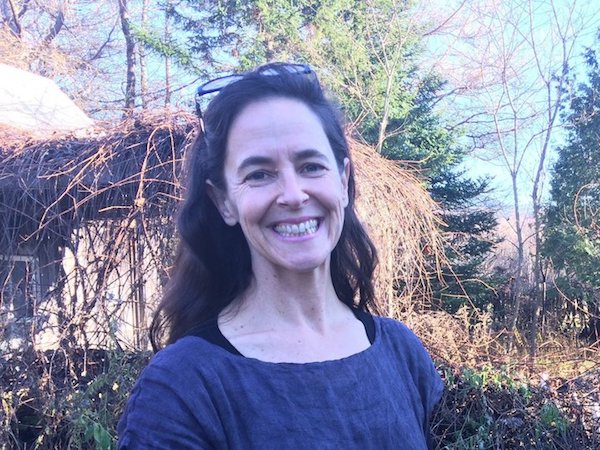by Penny Heneke
[B]eing well ensconced in my senior years, I am faced with the daunting prospect of my mortality. An article I read recently commented that people are afraid to face and to speak of this pending permanent change of address. For me death lurks in the dark like a boogey man under the bed. An elderly, crabby aunt I boarded with as a teenager scanned the death notices each day. She positively cackled with delight when she discovered an acquaintance she had outlived.
Nor is death and dying a scintillating topic to introduce for conversation in an evening entertaining friends. While seniors are renown for recounting “organ recitals” of their many health problems in great detail, death itself is a taboo subject. For some, life is a painful battle against debilitating health issues and for most of us it is trying to find strategies to deal with the everyday evidence of our evaporating capabilities along this final stage of our life journey.
Perhaps a sense of humour is a valuable tool to deal with our aversion to death. A friend on his 90th birthday decided to deal with his advancing age by walking around with a sticky note plastered on his forehead announcing, “expiry date: overdue.”
In the meantime, seniors have to cope with the everyday incomprehensible things we seem to do as we amble along to this dead end. If the solution were only as simple as one friend remarked: “Oh, for some happy pills.”
One morning, my husband, Ken emerged from the unlit walk-in closet attired in my fluffy, light blue, terry housecoat. It fitted him to a tee, as today my hubby is a shell of his former robust five-foot-10. Shrinkage of over 4 inches has occurred due to arthritis. When he realised his faux pas, he looked sheepish and commented: “I’m really losing it.”
I couldn’t laugh too loud as I find myself in the same category. At my recent optometrist appointment, I was squinting through the phoropter the optometrist was using to test my eyesight, not wishing to admit that the finest print was a blur. I had always had 20/20 vision. In an attempt to improve the images, I closed one eye. As the consultation continued with the instrument going back and forth, I suddenly could not see anything in the one lens — just blackness. My optometrist was puzzled and made some lens adjustments.
“Can you see now?” she asked.
“No, it’s still pitch black,” I replied. “I can’t see a thing.”
She sounded puzzled and moved the machine aside. After a moment’s hesitation, she placed a hand gently on my shoulder and remarked: “My dear, you have your eye closed!”
While my vision might be fading fast, Ken suffered a mini-stroke and lost the use of his right eye. Family and friends responded sympathetically by telling him of someone they knew with the same predicament and yet was still legally able to drive. Neither Ken nor I felt reassured learning how many one-eyed people are out there on the roads driving.
I don’t think it was his eyesight that caused Ken to panic as he was leaving for a doctor’s appointment. He patted his pockets frantically looking for his car keys until I pointed out that he had them in his hand.
Never mind the missing death discussion, aging itself takes a great deal of adjustment. My recurrent nightmare of losing my teeth has been replaced by one of losing clumps of my hair and going bald.
After spending a life time amassing material objects, I have reversed the procedure by decluttering. Now I am fine tuning the unburdening of my “stuff.” I am in the last stage, which I am calling, “closure.” This is as close to the “D” word as I can get.
Preparing for the end, I announced to my children that I was drafting my own obituary notice. I don’t trust them to get the facts right. This resulted from my perusal of the obituary notices each day in the daily newspaper. My first feeling is one of sadness looking at all the smiling faces of people who have passed. However, I am also struck by a few who have had unflattering photographs placed with their notice. In order to avoid this dilemma, I have picked a photo — admittedly a good few years younger — of myself for my obituary. My daughters love to tease me by saying that I will have no control over the whole issue. At least I would have tried.
The lyrics from the English punk rock band, the Clash, “Should I stay, or should I go” underscore that we really have little choice in the timing of our departure so it’s best to make the most of what you still have left of life.
Complete Article ↪HERE↩!















